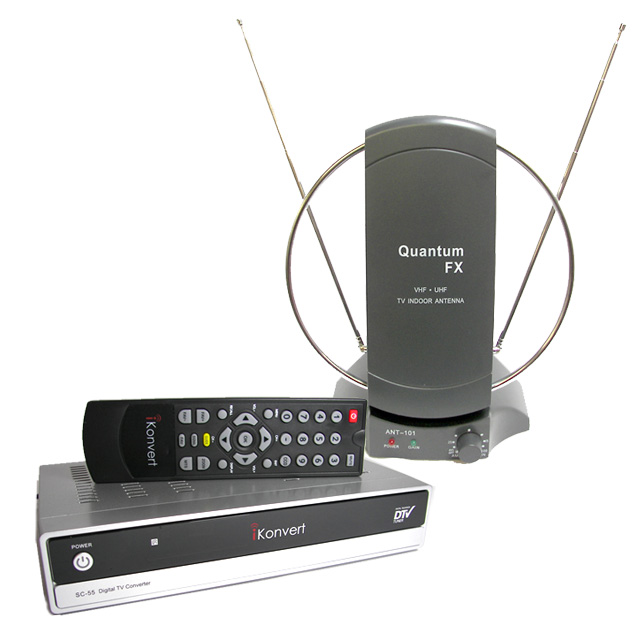

I know because we talked about it.Ī generation later, I watched a different black-and-white TV - I was in my 20s before I learned that when Dorothy got to Oz, everything switched to color. The next year, 1948, he watched Milton Berle on Texaco Star Theater and Ed Sullivan on Toast of the Town. My dad would have been 24 when he got that set. It was a Raytheon, a 1947 model with a round screen and horizontal and vertical control knobs in front to help lock in the picture. A few years ago, I restored my father's old, first TV set. If there were mountains in the way, or tall buildings, it got trickier - which is why we got cable TV in the first place.īut for more than 60 years, no matter what improvements and alternatives have hit the TV landscape, the same basic, over-the-air distribution system has remained in place. Signals were broadcast over the air by local stations, and the stronger the signal where you lived, the better the sound and picture. Until today, anyone turning on an old-fashioned analog TV set and scanning the dial could find programming the same way as when networks started broadcasting after World War II. But if you're one of the estimated 20 million households getting their TV signals exclusively over the air, and you don't have a digital set or converter, today you enter the new Dark Ages.Īnd today, as those analog-to-digital switches are flipped by local TV stations across the country, we lose one more clear connection to our past. If your TV gets its programming from a cable or satellite company, things should stay pretty much the same. The new TVs you bought in the past few years, the ones with digital tuners or analog-to-digital converters, will have access to high-definition images, and maybe even a whole range of new channels.

It started this morning and is supposed to conclude by midnight: the switch from analog to digital television transmission. I teach TV history at Rowan University, and today - right now, all over the country - TV history is being made.


 0 kommentar(er)
0 kommentar(er)
